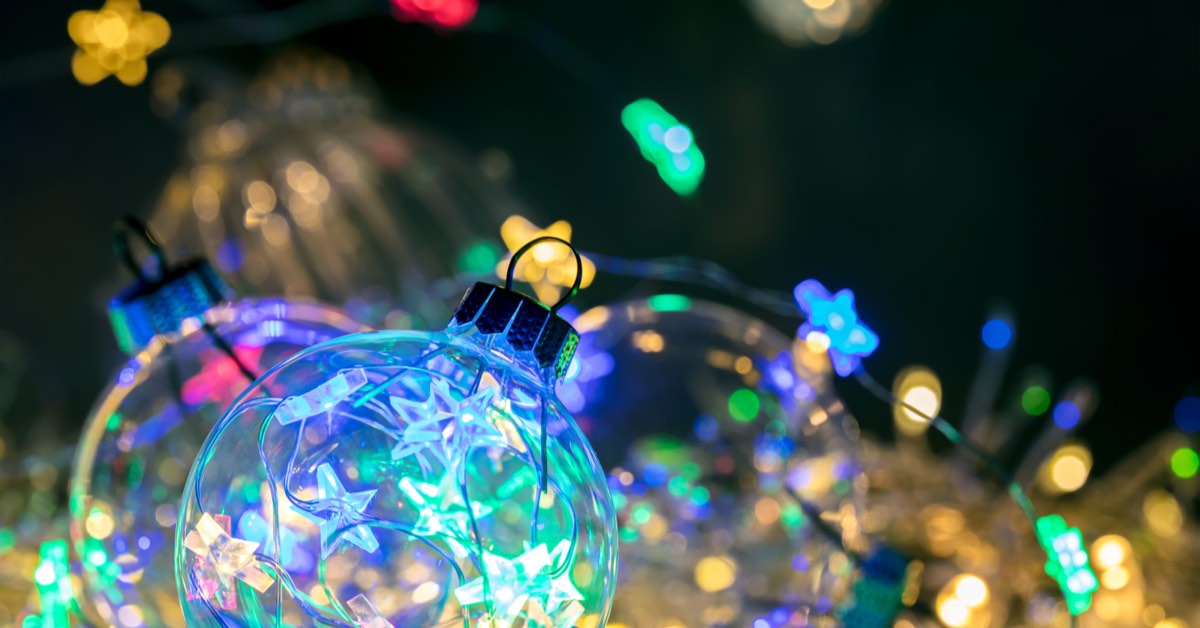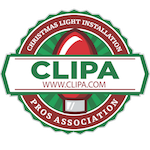LED or Light Emitting Diode light bulbs are efficient alternatives to your standard fluorescent light bulbs. Once, they were primarily used for Christmas lights and instrumentation lighting due to the expense involved in producing them. However, thanks to scientific progress, they can now be used in any household as ceiling lights or lamps.
Benefits of LED Light Bulbs
First of all, LED bulbs can last up to ten times as long as standard fluorescent bulbs and even longer than incandescent bulbs. They’re also incredibly durable and can withstand circumstances that would shatter an incandescent bulb. They even use less energy. This makes them highly cost-effective as a purchase. While they may sometimes be priced a little higher than the alternatives, they more than makeup for it in longevity.
They also don’t create much heat. Instead, produce around ten percent as much heat as an incandescent bulb. This might seem a small detail, but the less heat the lightning in your house makes, the easier it will be for any air conditioning appliance to do its job more efficiently and effectively.
Along with these benefits, one can use LED bulbs to light remote areas and use in emergency items such as flashlights. They also make it possible for the average household to utilize solar power efficiently due to their low energy consumption.
How to Pick LED Light Bulbs
Picking the right LED bulb isn’t rocket science, but there are a few things to keep in mind when you’re buying them.
Purpose in Terms of Brightness
The first thing you should consider is whether or not the bulb serves its purpose in terms of brightness. If you don’t know how to measure a bulb’s brightness, you can use its wattage to determine whether or not it’s bright enough for you. For example, a ten-watt LED will be as bright as a fifty-watt incandescent. You can also find out how brilliant they are by looking at their lumens, measured by perceived brightness.
When thinking about how bright the light needs to be, think of it as “warm” and “cool.” “Cool” lightning is traditionally white and functions well in a work area. “Warm” lighting works for lighting a small space.
If you’re still unsure, you can go with a 3-way LED bulb. These LED light bulbs can be set to three different settings, allowing you to set the mood of a room whenever you feel like it. In addition, it is omnidirectional, which means that you can replace an incandescent bulb with no problems.
The Base
It is also essential to know what kind of base it has. It will either have a standard base or a pin base – check to see which one will fit your fixtures.
Quality
Never buy cheap LED light bulbs. Cheap bulbs will die early, robbing you of the expected benefits. A quality LED bulb will have certifications – check for those.
Color
Depending on your needs, the color of the LED bulb will also matter.
- Green-colored LED bulbs can help you see in the dark, making them helpful in looking at maps at night or moving around in case of a blackout.
- Red bulbs can also serve the same purpose.
- Blue LEDs are available to help as reading lights.
- Amber and white lighting are the most common options, as they don’t attract insects, making them useful for outdoor lighting.
LED Light Bulb Benefits Conclusion
We hope this LED light bulb guide can help you make your next LED light bulb purchase. They’re cost-effective and durable and consume less energy than their incandescent counterparts. If you can afford to change the lights in your house to LEDs, do so. They will pay for themselves.
As our company, A Brilliant Solution Holiday Lighting does not sell LED light bulbs, we do, in fact, install amazing LED lighting displays for residential homes and commercial properties during the Christmas season. If interested, contact us to learn more about us and our holiday lighting services.


